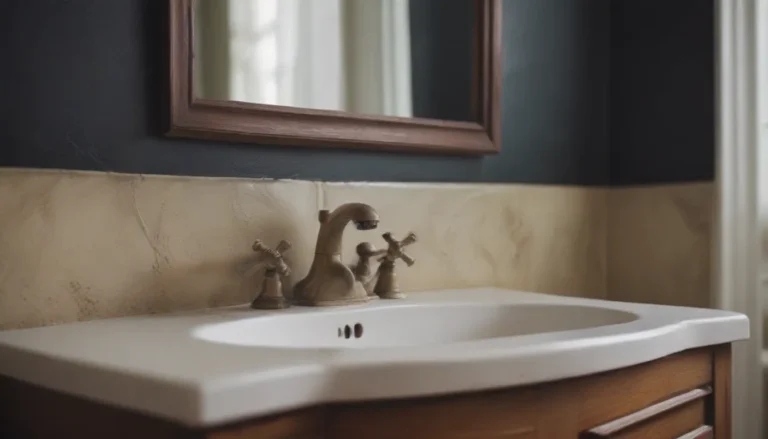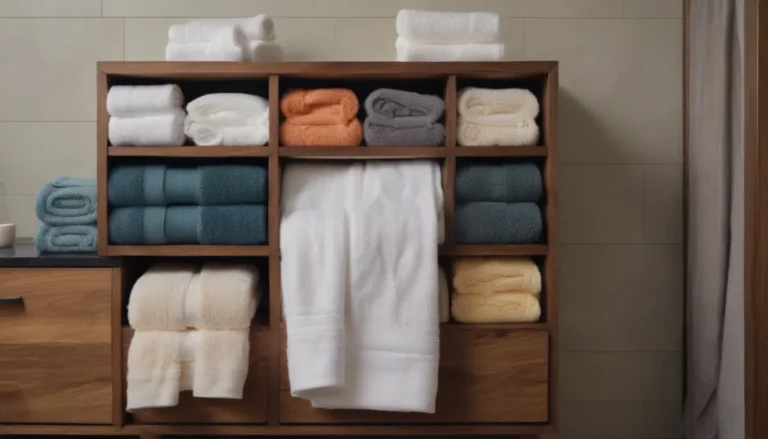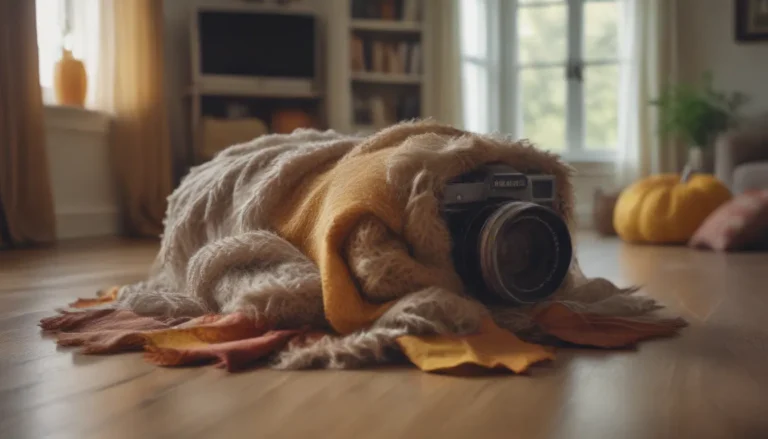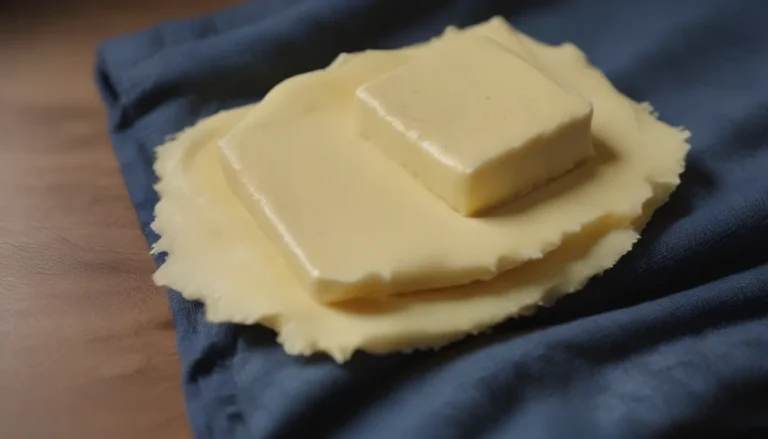Top Moving Hacks: Your Ultimate Guide to Hassle-Free Packing like a Pro

Moving to a new place is always an exciting adventure, but the thought of packing up all your belongings can be overwhelming. However, with the right moving hacks and tips, you can make the process much easier. By preparing for packing and unpacking in advance, you can reduce stress and save time and money during your relocation. Let’s dive into some incredibly useful packing and moving tips that will help you pack like a pro without breaking a sweat.
What Not to Pack in Boxes When Moving
While it may be tempting to throw everything you own into boxes when moving, there are certain items that should never go into a moving box. These items include:
- Plants: Keep your plants happy during the move by finding them a spot in their new home that replicates their current conditions.
- Fragile or valuable items: Pack these items separately and carry them with you during the move.
- Hazardous materials: Avoid packing items that are flammable, corrosive, or toxic.
Remember, proper packing is key to ensuring your belongings arrive at your new home safely and intact.
Start Packing Six Weeks Before Moving
To ensure a smooth and stress-free packing process, create a packing plan with a timeline. It’s recommended to start packing at least six weeks before your move. Here’s a breakdown of how you can organize your packing schedule:
- First three weeks: Declutter, purge, and gather packing materials.
- Second three weeks: Pack your belongings.
If you’re short on time, you can condense the packing timeline. For example, if you only have three days to pack, dedicate each day to a specific task: purging, gathering supplies, and packing. Having a packing checklist can help you stay organized and on track throughout the process.
Choose Between Boxes and Totes
When it comes to packing your belongings, you have the option of using moving boxes or plastic totes. Each option has its pros and cons:
Boxes:
– Pros: Offer a wide range of sizes for packing different items.
– Cons: May not be as durable for long-term storage.
Totes:
– Pros: Ideal for items going into long-term storage.
– Cons: Limited range of sizes compared to boxes.
Decide based on your needs and preferences for a more efficient packing process.
Purge Before You Pack
One of the best ways to streamline your packing process is to purge unwanted items before you start packing. Getting rid of unnecessary belongings not only saves time but also helps declutter your new space. Start with items like:
- Clothing you no longer wear
- Duplicate household items
- Outdated electronics or appliances
Remember, purging before packing can make the process much faster and more efficient.
Donate Large Items That You Don’t Want
If you have large items like furniture pieces that you no longer want, consider donating them to charity organizations. Not only does this help others in need, but it also saves you the hassle of moving bulky items to your new home.
Rent Moving Boxes
Instead of purchasing new moving boxes, consider renting plastic moving boxes from companies like Gorilla Bins. These rental packages typically include:
- A variety of box sizes
- Labels for easy organization
- Sanitization for hygiene-conscious individuals
Renting moving boxes can be a cost-effective and environmentally friendly option for your move.
Hack a Vacuum Space Bag
Vacuum space bags are great for compressing bulky items like blankets and clothing. However, if you’re looking to save money, you can easily DIY vacuum space bags by following these simple steps:
- Place items in a plastic bag.
- Seal the bag almost completely.
- Use a vacuum cleaner to remove excess air.
- Seal the bag tightly to maintain compression.
This hack allows you to pack more items efficiently without the cost of store-bought vacuum bags.
Label and Take Photos as You Pack
To stay organized during the packing process, make sure to label each box and take photos of its contents. This makes it easier to locate specific items when unpacking in your new home. Consider using a packing app or creating a detailed spreadsheet to keep track of your belongings.
- Spreadsheet and photos: Keep a detailed list of each box’s contents and create visual documentation.
- Packing app: Use a packing app to streamline the packing process and stay organized.
By labeling and photographing your boxes, you can save time and avoid confusion when unpacking.
Make Peeling the Sticky End of Tape Easier
Struggling to find the end of a roll of tape can be frustrating. To make peeling tape easier, use a toothpick to mark the spot where you need to peel. This simple hack can save you time and prevent wasted tape.
DIY Cheap Packing Material
Instead of purchasing expensive packing materials like bubble wrap, use household items like towels, sheets, and clothing to protect your fragile items. You can also repurpose paper clutter by shredding it and using the shredded paper as cushioning for boxes.
- Plastic bottles: Use rinsed-out plastic bottles to prevent odd-shaped items from shifting during transit.
- Zip-top bags: Organize small items and protect important documents using zip-top bags.
By using inexpensive materials for packing, you can save money and reduce waste during your move.
Create Problem Solving Kits
Before and during your move, prepare problem-solving kits with essential items you may need. Organize these kits in transparent boxes or a large suitcase for easy access. Some suggested kits include:
- Weekend kit: Essentials for the first few days in your new home.
- Bed and bath kit: Toiletries and linens for immediate use.
- First aid kit: Medical supplies for emergencies.
- Toolkit: Tools for assembling furniture and making minor repairs.
- Munchie kit: Snacks and beverages to keep you energized.
- Cleaning kit: Supplies for cleaning your new space before unpacking.
Having these kits prepared can help you stay organized and prepared during the moving process.
Prevent Packed Bottles From Leaking
To avoid spills during transit, use kitchen plastic wrap to seal liquid toiletries in bottles. This prevents leaks and keeps your belongings safe during the move. Simply wrap the bottle opening with plastic wrap before securing the cap.
Bag Your Wardrobe
When packing your wardrobe, use heavy-duty outdoor trash bags instead of flimsy kitchen trash bags. These durable bags are less likely to tear and can be reused for garbage disposal after the move. Simply pack your clothing in the bags and tie them securely for easy transport.
Tape Your Artwork and Frames
Protect fragile artwork and picture frames by bubble wrapping them before packing. To prevent glass frames from shattering, use masking tape to create an “X” across the front of the glass. This helps secure the glass and prevents damage during the move.
Prep Your Mattress the Right Way
When moving a mattress, ensure it is properly protected to prevent damage. Use a mattress bag and securing straps to keep the mattress clean and secure during transit. Avoid placing memory foam mattresses on their side, as this can damage their structure.
Tape Your Drawers Shut
To save time and prevent mess when moving dressers, tape the drawers shut using painter’s tape. This tape is designed for finished surfaces and leaves minimal residue, making it easier to remove once you reach your new home.
Upgrade to a Wardrobe Box
For delicate clothing items, consider using hanging wardrobe moving boxes. These boxes come in various sizes and have a sturdy metal bar for hanging clothing. This additional protection can help keep your clothing clean and wrinkle-free during the move.
Pack Your Suitcases, Duffle Bags, and Backpacks
Utilize your luggage for transporting items during the move. Suitcases, duffle bags, and backpacks are sturdy and often have wheels for easy transport. Pack heavy or fragile items in your luggage and label them as fragile for careful handling.
Safeguard Furniture Hardware
To prevent losing screws and hardware during the move, store them in clear, sealable plastic bags labeled with the item they belong to. Tape these bags to the corresponding furniture pieces to ensure everything stays together during transit.
Backup Your Computer
Before moving, make sure to back up important files and data on your computer. Store backups in the cloud or on an external hard drive to prevent data loss in case of damage during the move.
Use Photos to Document Wiring
Before disconnecting electronic devices, take photos of the wiring setup to aid in reassembly at your new home. Store the wiring together in labeled zip-top bags to prevent tangling and make setup easier.
Save Wine Boxes for Packing Items
Repurpose wine boxes with cardboard separators for packing delicate items like glassware, stemware, or kitchen utensils. These boxes provide a structured layout for easy organization and transportation of fragile items.
Put Away Items in Kitchen Pots
Use your kitchen pots and pans as storage containers for non-perishable items during the move. Pack spices, baking ingredients, and tools in pots with lids to keep them organized and secure during transit.
Wrap the Kitchen Utensil Trays
Keep your kitchen utensils organized and intact during the move by wrapping utensil trays in cling wrap. This protects the trays and their contents from shifting or breaking during transportation.
Roll Your Rugs
To transport rugs efficiently, roll them tightly and secure them with tape. Vacuum and steam clean your rugs before rolling to ensure they arrive clean and in good condition at your new home.
Take Care With Lamps
When packing lamps, remove lightbulbs and secure them separately to prevent breakage. Wrap lamp bases in protective materials and pack lamp shades individually to avoid damage during transit.
Give Plates a Buffer Zone
When packing plates, stand them vertically in the box with a cushioned bottom. Line the box with towels or bubble wrap and wrap each plate individually to protect them from breakage.
Make Hand Holes in Your Moving Boxes
To make carrying boxes easier, create hand holes on the sides of each box using a box cutter or scissors. These hand holes provide a comfortable grip and make lifting and moving boxes more manageable.
Organize Jewelry Easily
For easy and secure jewelry packing, use plastic egg cartons to separate and protect rings, necklaces, and other items. Plastic egg cartons are ideal for preventing tangling and keeping jewelry safe during the move.
Get Help If You Can
If you find yourself overwhelmed by the packing process, don’t hesitate to ask for help. Whether it’s hiring movers, renting a moving truck, or enlisting friends and family for assistance, getting help can make the moving process easier and less stressful. Remember to prioritize the safety of essential documents and valuables by keeping them with trusted individuals during the move.
In conclusion, packing for a move doesn’t have to be a daunting task. By following these top moving hacks and tips, you can pack like a pro and ensure a smooth and efficient relocation experience. From purging unwanted items to using creative packing materials, these hacks will help you save time, money, and stress during your move. So, roll up your sleeves, get organized, and make your next move a breeze with these expert packing tips!





